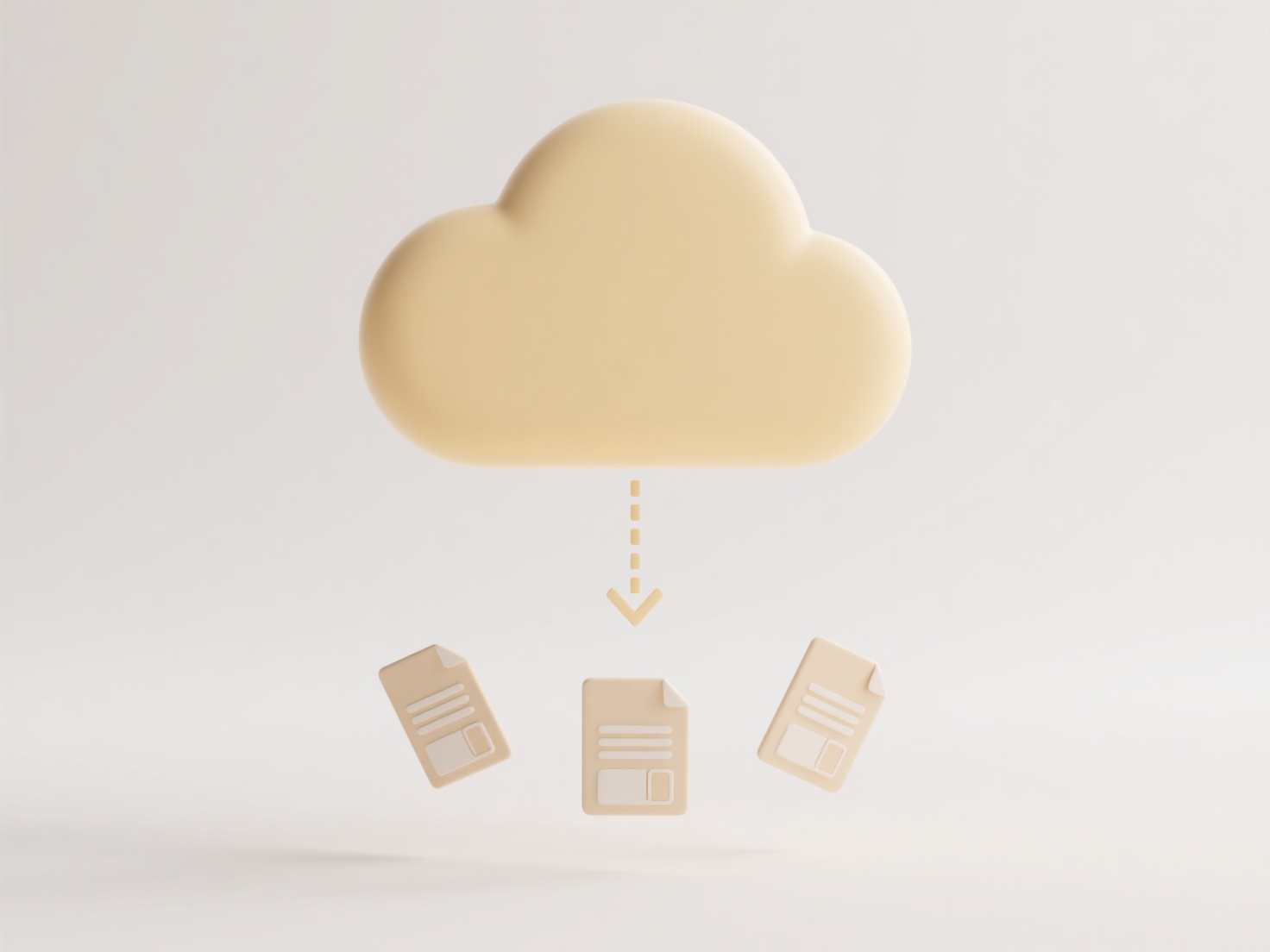
Email attachments involve sending files directly within an email message, embedding the data itself into the communication. Cloud links, conversely, provide recipients with a hyperlink to access a file stored on an internet-based service like Google Drive or Microsoft OneDrive. The core difference lies in transmission: email physically copies the file to each recipient's mailbox, while cloud links grant permission to access the original, centrally stored file.

For quick sharing of small, non-sensitive documents like a meeting agenda to a few colleagues, a direct email attachment is often suitable. Cloud links are essential for distributing large files (like videos), collaborating on evolving documents requiring multiple contributors (using platforms such as Dropbox or SharePoint), or sharing with a large group, as they avoid email size limits and enable real-time updates.
Email attachments are universally accessible but become inefficient for large files, create version control problems, and clutter inboxes. Cloud links save inbox space and streamline collaboration and version management. However, they require recipients to have internet access and potentially login credentials or specific permissions. While cloud links offer better access control and traceability, security relies on the cloud provider's measures and the sharing link's protection, making careful link management crucial. Cloud solutions are increasingly favored for their efficiency and scalability.
Should I share files via email or cloud link?
Email attachments involve sending files directly within an email message, embedding the data itself into the communication. Cloud links, conversely, provide recipients with a hyperlink to access a file stored on an internet-based service like Google Drive or Microsoft OneDrive. The core difference lies in transmission: email physically copies the file to each recipient's mailbox, while cloud links grant permission to access the original, centrally stored file.

For quick sharing of small, non-sensitive documents like a meeting agenda to a few colleagues, a direct email attachment is often suitable. Cloud links are essential for distributing large files (like videos), collaborating on evolving documents requiring multiple contributors (using platforms such as Dropbox or SharePoint), or sharing with a large group, as they avoid email size limits and enable real-time updates.
Email attachments are universally accessible but become inefficient for large files, create version control problems, and clutter inboxes. Cloud links save inbox space and streamline collaboration and version management. However, they require recipients to have internet access and potentially login credentials or specific permissions. While cloud links offer better access control and traceability, security relies on the cloud provider's measures and the sharing link's protection, making careful link management crucial. Cloud solutions are increasingly favored for their efficiency and scalability.
Quick Article Links
What do I do if my Excel file won’t open?
If your Excel file won't open, it indicates the file or the application itself is encountering a problem preventing succ...
Will renaming a file break any links to it?
Renaming a file can break links pointing to it. A link is essentially a pointer that directs a system to a specific file...
Can I save to external SD card on mobile?
An external SD card is removable flash memory that physically inserts into your device, serving as expandable secondary ...